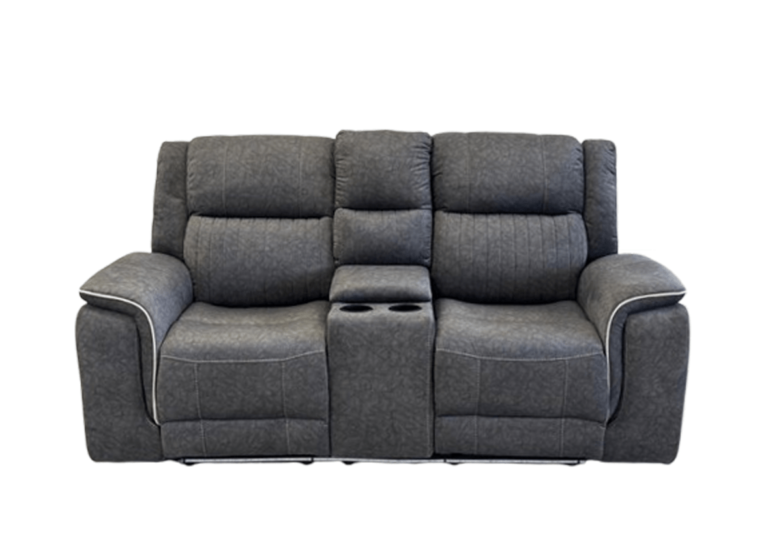Maintaining a ship’s structural and operational integrity is critical to its longevity, performance, and compliance with maritime regulations. In-water surveys (IWS) offer a cost-effective, efficient solution for assessing a vessel’s condition without the need for dry-docking. This article explores the importance of in-water surveys, their methodology, benefits, and compliance requirements, offering valuable insights into why this process is essential for vessel maintenance.
What Is an In-Water Survey?
An in-water survey is an inspection conducted while a vessel remains afloat. It is designed to assess the hull’s condition, including structural elements, underwater equipment, and biofouling levels. Specialized divers or remotely operated vehicles (ROVs) perform these surveys to ensure comprehensive assessments while minimizing operational downtime.
Why Are In-Water Surveys Essential?
Cost-Efficiency
In-water surveys eliminate the need for costly dry-docking, which involves taking a vessel out of water for inspections or maintenance. This saves shipowners substantial expenses on logistics, labor, and lost revenue from operational delays.
Environmental Compliance
Regulatory frameworks like the IMO’s Ballast Water Management Convention and biofouling guidelines mandate periodic inspections. In-water surveys help ensure compliance by identifying issues like marine growth, structural damage, or malfunctioning equipment.
Operational Flexibility
Unlike dry-docking, which requires significant preparation and downtime, in-water surveys can be scheduled at short notice, ensuring minimal disruption to shipping operations.
How Is an In-Water Survey Conducted?
Preparation
Survey teams prepare by reviewing vessel-specific plans, selecting inspection tools, and setting safety protocols.
Inspection Process
- Diver/ROV Deployment: Certified divers or advanced ROVs inspect the vessel’s hull, propellers, rudder, and other underwater components.
- Visual and Ultrasonic Testing: High-resolution cameras and ultrasonic equipment detect structural weaknesses, cracks, or corrosion.
- Biofouling Assessment: Surveyors identify and document marine growth on the hull and appendages.
Data Analysis and Reporting
Inspection data is analyzed to identify maintenance needs, regulatory non-compliance, or potential risks. A detailed report, including photographs and recommendations, is provided to the shipowner.
What Are the Key Benefits of In-Water Surveys?
Safety Assurance
Regular in-water surveys help detect structural weaknesses early, preventing catastrophic failures at sea.
Regulatory Compliance
Adhering to maritime safety and environmental regulations ensures smooth vessel operations and avoids hefty fines or detentions.
Prolonged Vessel Lifespan
Proactive maintenance enabled by in-water surveys helps preserve the vessel’s structural integrity and performance over time.
How Do In-Water Surveys Aid in Biofouling Management?
Biofouling refers to the accumulation of aquatic organisms on a ship’s submerged surfaces, impacting fuel efficiency and increasing emissions. During in-water surveys:
- Biofouling hotspots are identified.
- Recommendations for cleaning or applying anti-fouling coatings are provided.
- Compliance with IMO biofouling management guidelines is ensured.
By addressing biofouling promptly, shipowners can enhance operational efficiency and meet sustainability goals.
What Are the Regulatory Requirements for In-Water Surveys?
Classification Society Standards
Major classification societies, including Lloyd’s Register and DNV, set standards for in-water surveys. These standards specify the inspection frequency, scope, and procedures to ensure uniformity.
Flag State Regulations
Some flag states mandate periodic in-water surveys as part of their safety and environmental compliance frameworks.
IMO Guidelines
The International Maritime Organization (IMO) emphasizes biofouling management and ballast water treatment compliance during underwater inspections.
What Technologies Are Revolutionizing In-Water Surveys?
Advanced technologies are making in-water surveys faster, safer, and more accurate:
- ROVs and AUVs: Remotely operated and autonomous underwater vehicles perform inspections in challenging environments.
- Sonar Imaging: High-resolution sonar provides detailed visuals of underwater structures.
- AI Analysis: Artificial intelligence aids in analyzing inspection data for quicker, more reliable results.
When Should You Schedule an In-Water Survey?
- Annual Inspections: Regular surveys ensure the vessel meets operational and regulatory requirements.
- Pre-Dry Docking: Conducting an IWS before dry-docking helps prioritize repairs and maintenance.
- After Grounding or Collision: Immediate underwater inspections assess structural damage and ensure seaworthiness.
Conclusion
In Water Survey are an indispensable part of modern vessel maintenance, offering shipowners a cost-effective, efficient, and environmentally friendly way to ensure compliance and performance. By adopting advanced technologies and following regulatory guidelines, in-water surveys safeguard vessel integrity while contributing to a sustainable maritime future.
Whether for routine maintenance or compliance checks, investing in regular in-water surveys is a strategic decision that pays dividends in safety, reliability, and operational efficiency.











